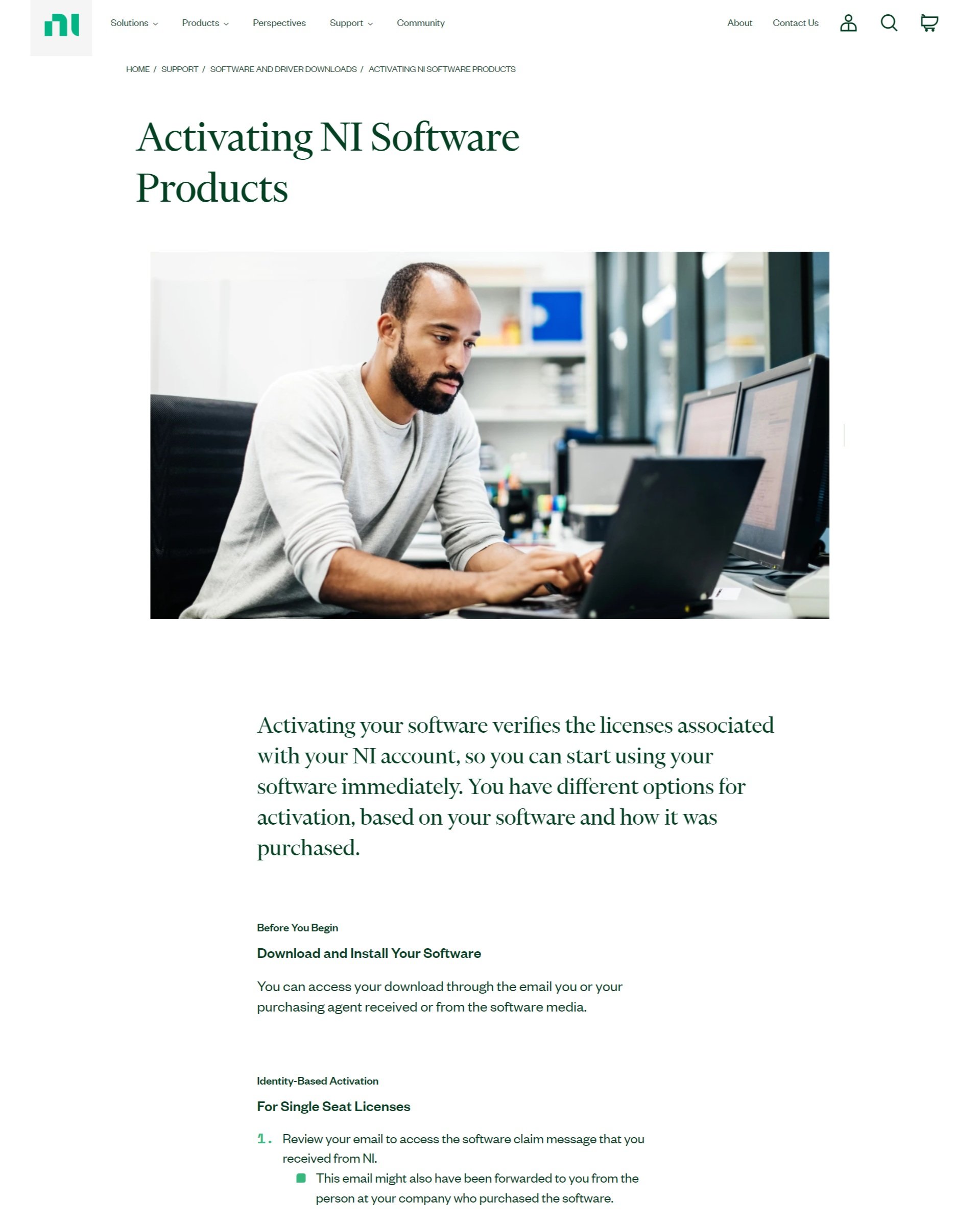Customer-centered architecture for increased self-service
The problem
Over 20% of the service tickets at this hardware and software company were about software setup, and most of those were in the activation step. Our activation content was spread or repeated across 30+ places, many of which were outdated or incomplete. The main activation page primarily served to describe the company-defined happy path, which was not working for many customers.
My role
I worked with customer service agents and service request data to identify the different activation paths customers might take, what factors determined the path, and what words customers used to describe their activation-related problems. Then I mapped the existing customer journeys for software setup and all the places we had activation content.
The project
We eliminated redundant sources of activation information, driving traffic to one main page that saw a 37% increase in traffic YOY. This made it easier to maintain the content accurate and up-to-date, as well as test different content to see which works best. We also redesigned this main activation page, creating an architecture that reflected the activation personas we had identified and their preferred language.



